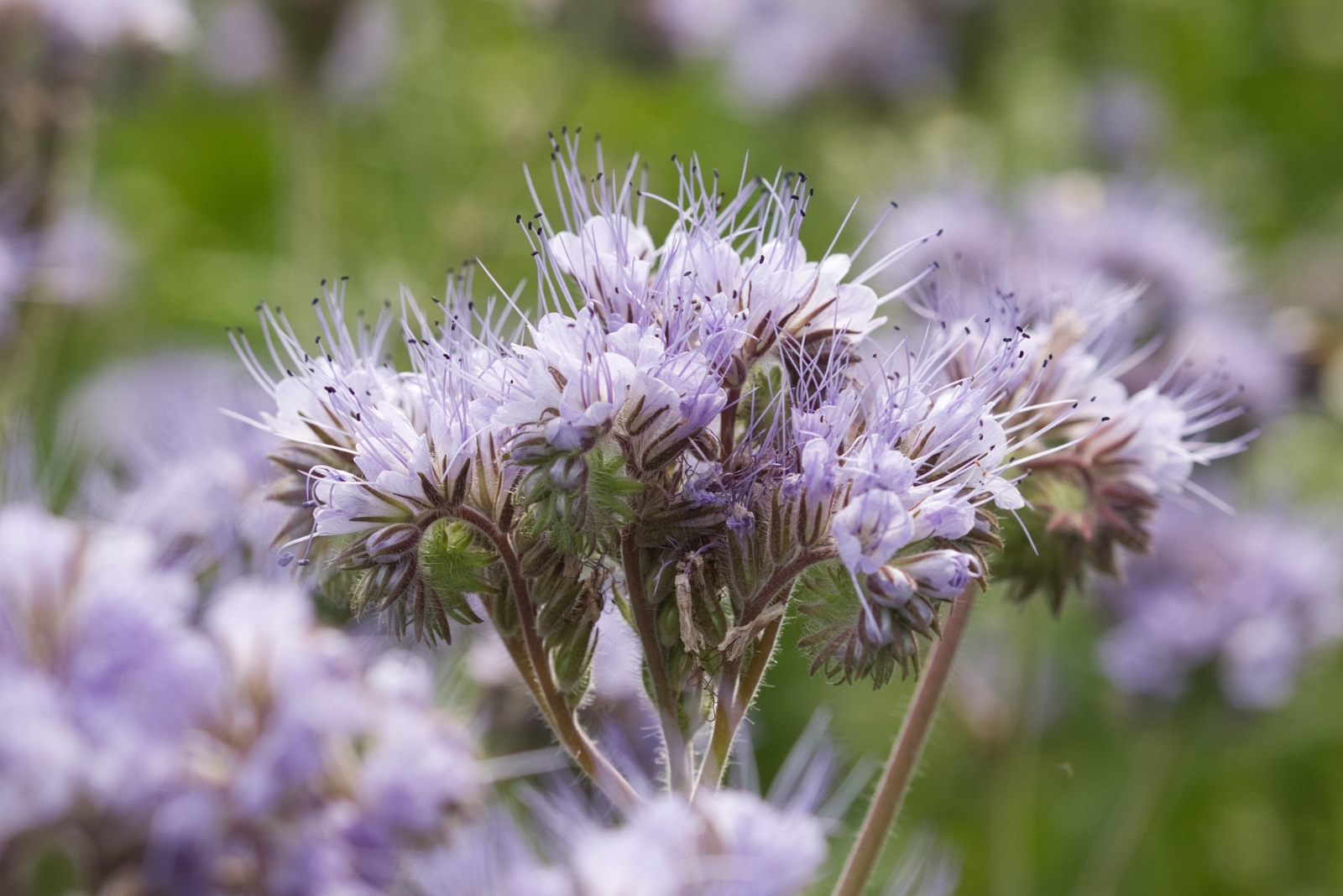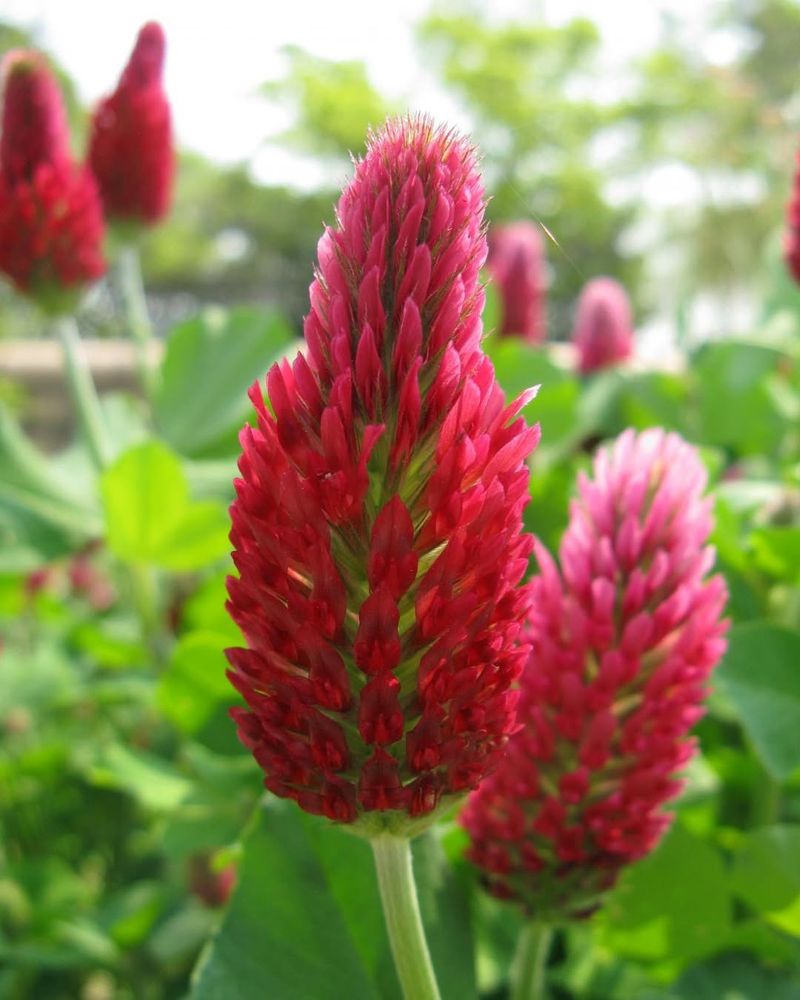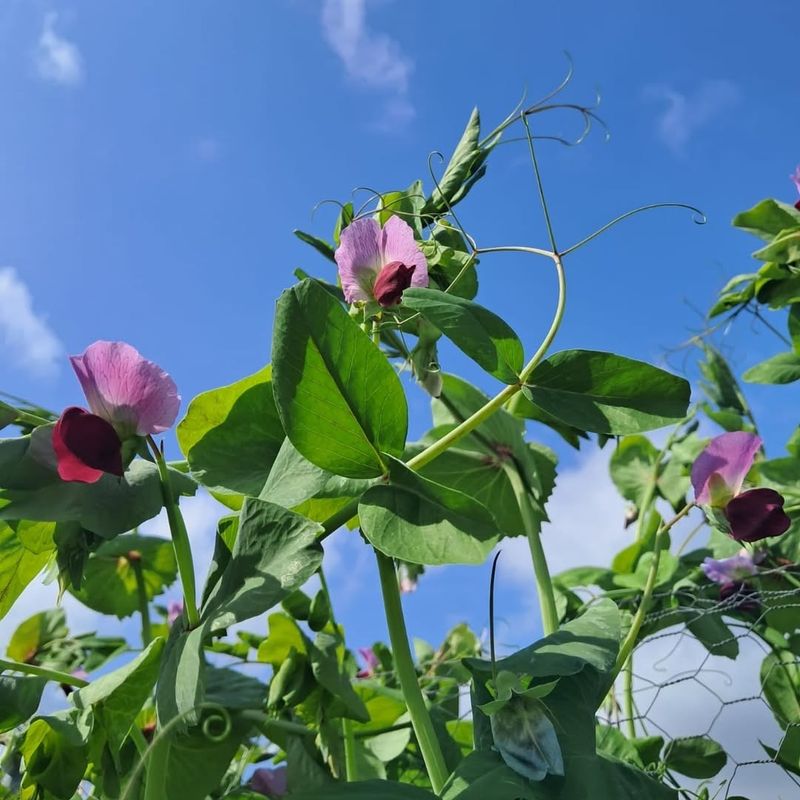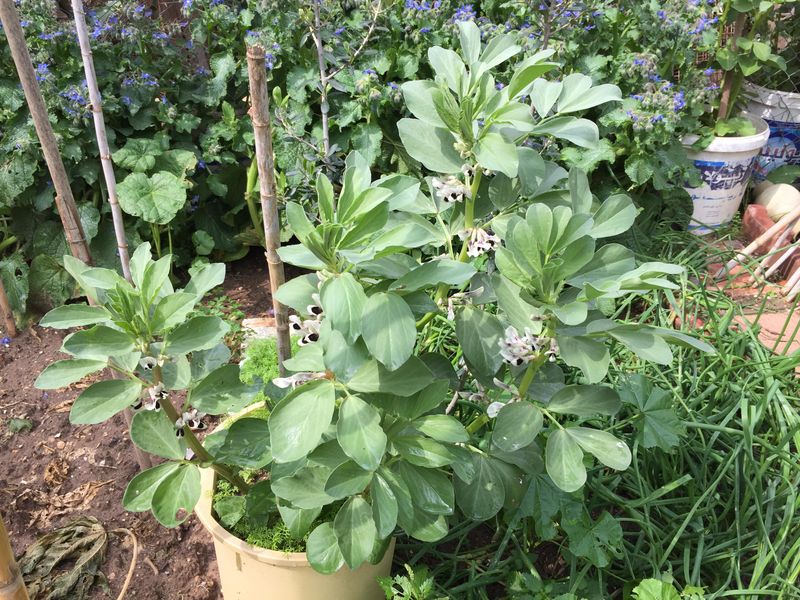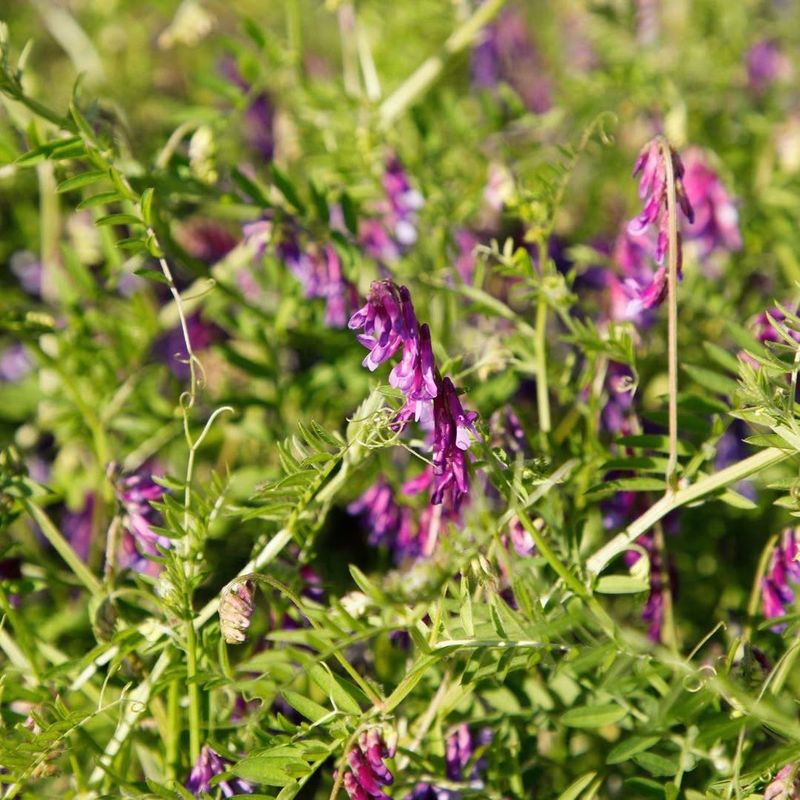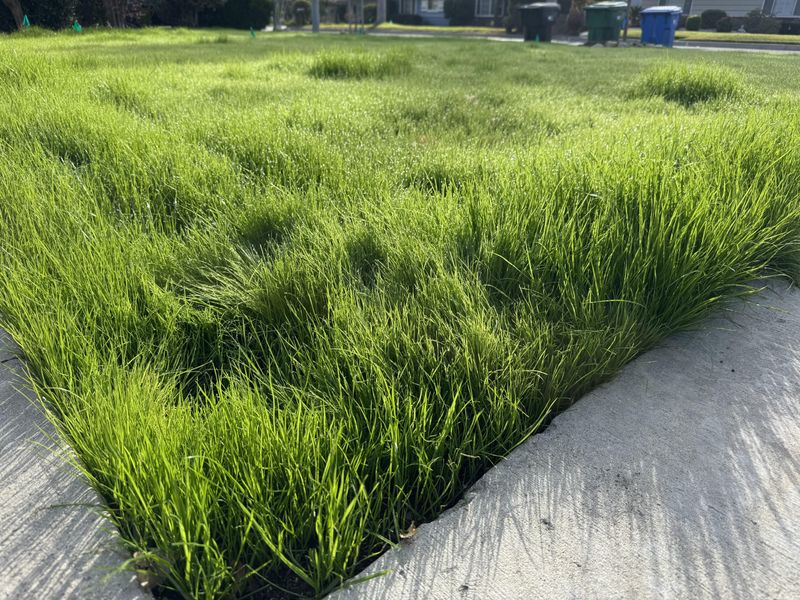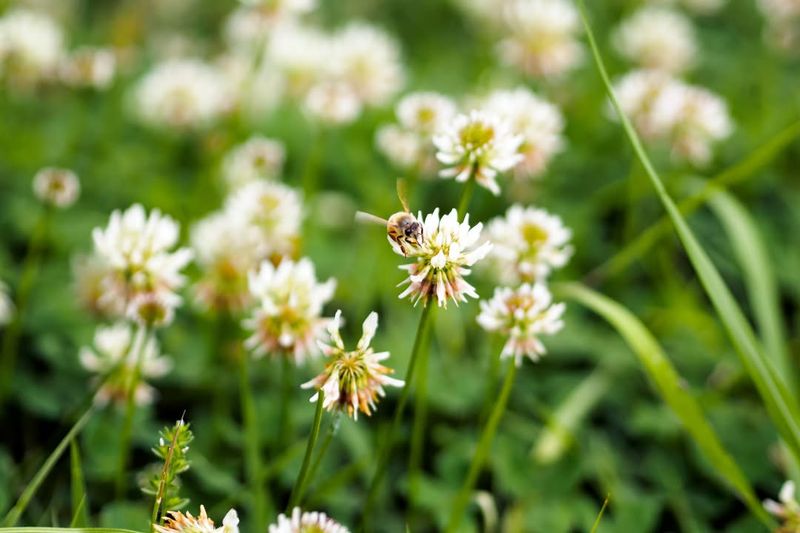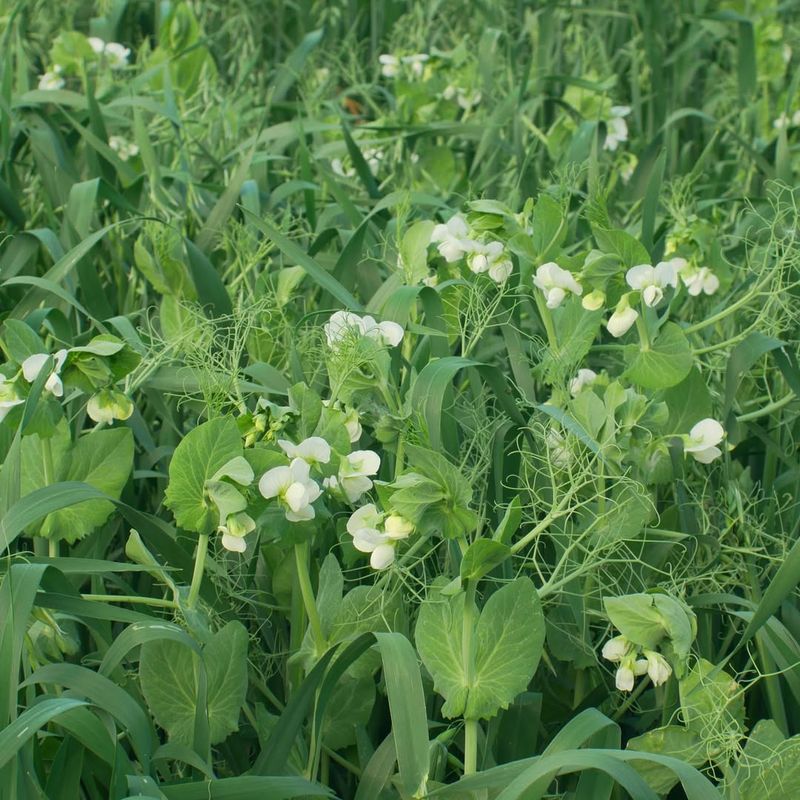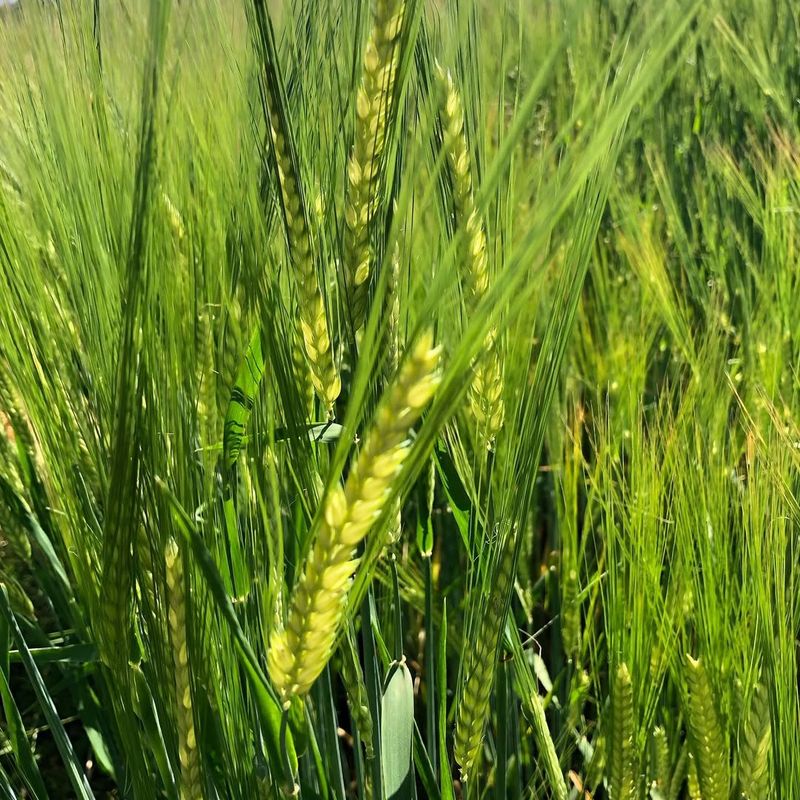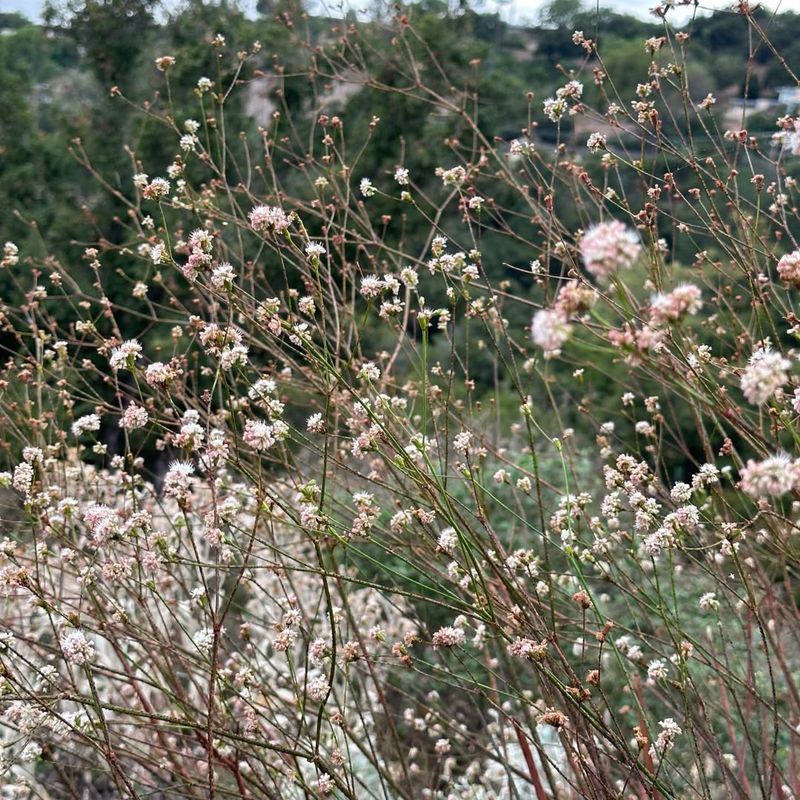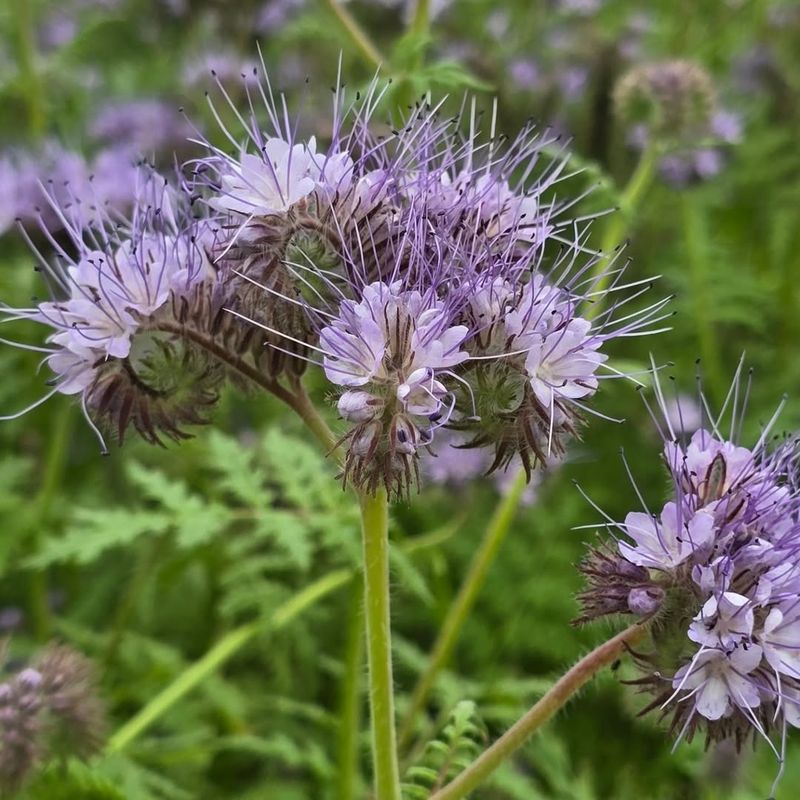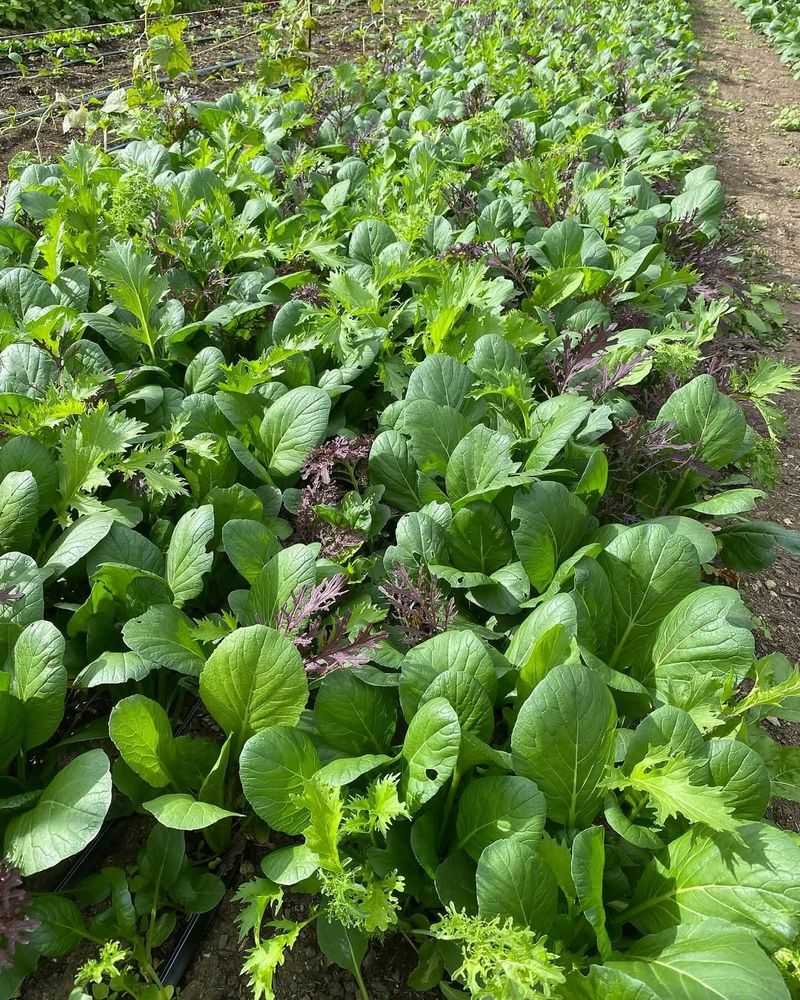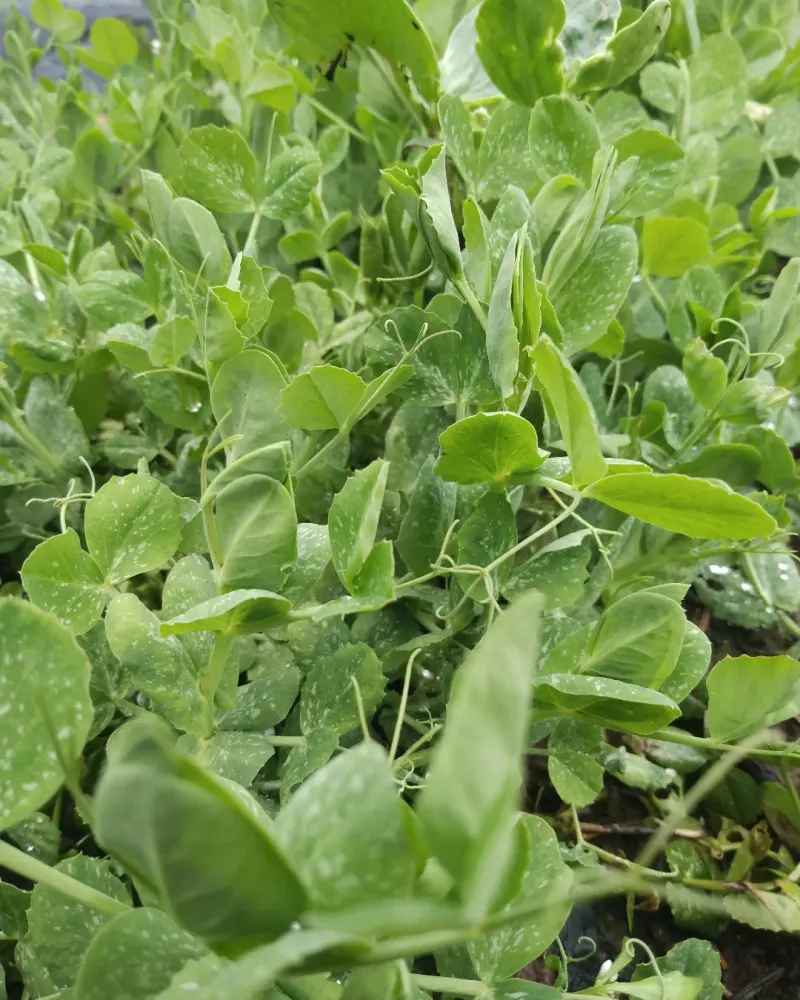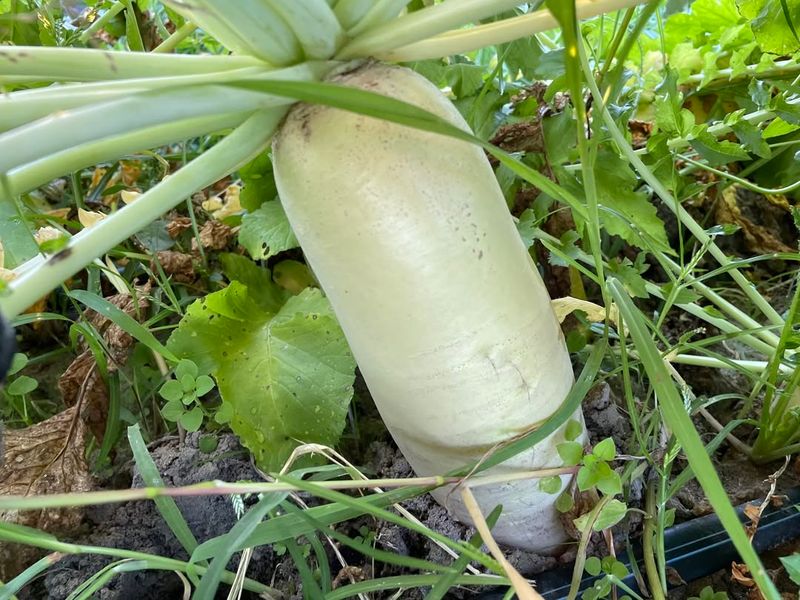California gardens need extra care as summer fades and cooler weather arrives. Planting cover crops in fall helps protect your soil, adds nutrients, and keeps weeds from taking over during the off-season.
Whether you’re growing vegetables or flowers, these smart plant choices will make your garden stronger and healthier when spring rolls around again.
1. Crimson Clover
Bright red flowers make this cover crop a showstopper in any garden. Crimson clover fixes nitrogen in the soil, which means it pulls this important nutrient from the air and stores it where your plants can use it later.
Bees and butterflies absolutely love visiting these blooms. Plant seeds in September or October for best results in California’s mild climate.
When spring arrives, simply cut it down and work it into the soil as green manure.
2. Austrian Winter Peas
Fast-growing vines scramble across bare garden beds, creating a living blanket that protects soil from winter rains. Austrian winter peas are champions at adding nitrogen, making them perfect for spots where you’ll plant hungry vegetables next year.
Their purple flowers appear in late winter, attracting early pollinators. Cold doesn’t bother them at all, and they actually prefer California’s cooler fall temperatures.
Chop them down before they set seed to keep things manageable.
3. Fava Beans
Here’s a bonus with this cover crop: you can actually eat the beans in spring before tilling the plants under! Fava beans develop deep roots that break up compacted soil and improve drainage.
They’re tough enough to handle California’s occasional winter frosts. Plant them about two inches deep and six inches apart in October.
Their thick stems and leaves create lots of organic matter that enriches your garden beds beautifully.
4. Hairy Vetch
Don’t let the fuzzy leaves fool you—this nitrogen-fixing powerhouse is gentle on your garden. Hairy vetch climbs and spreads quickly, covering large areas with ease.
It survives winter beautifully and produces gorgeous purple flowers that beneficial insects adore. The plant adds massive amounts of nitrogen, sometimes as much as commercial fertilizers would provide.
Mix it with oats or rye for even better soil coverage and weed suppression throughout the cooler months.
5. Annual Ryegrass
Quick germination makes annual ryegrass perfect for gardeners who want fast results. Within days of planting, you’ll see green shoots popping up across your beds.
Its fibrous root system prevents erosion during California’s winter rains while improving soil structure. Annual ryegrass isn’t picky about soil conditions and grows almost anywhere.
Come spring, it’s easy to cut down and incorporate. Just avoid letting it go to seed, or you’ll have volunteers everywhere next year.
6. White Clover
Low-growing and incredibly hardy, white clover creates a living carpet that stays green all winter long. This nitrogen-fixer works quietly underground while providing pretty white flowers above.
It tolerates foot traffic surprisingly well, making it great for pathways between garden beds. Pollinators visit the blooms constantly from late winter through spring.
White clover also suppresses weeds effectively without any chemicals. Once established, it requires almost no maintenance whatsoever from busy gardeners.
7. Oats
Winter kills oats naturally in most California regions, which means less work for you in spring. Before that happens, though, they produce tons of organic matter and suppress weeds effectively.
Oats grow fast and create a thick stand that blocks out unwanted plants. Their root systems improve soil structure without being difficult to remove later.
Plant them in September for maximum growth. By February, they’ll die back and become easy-to-work-with mulch automatically.
8. Barley
Drought-tolerant and tough, barley handles California’s dry fall conditions better than many other cover crops. It germinates quickly and establishes a strong root system that holds soil in place.
Barley outcompetes weeds naturally, saving you hours of pulling and hoeing later. The plant produces lots of biomass that enriches your soil when turned under.
It prefers cooler weather and grows vigorously through winter. Cut it down in early spring before it gets too tall and woody.
9. Buckwheat
Plant buckwheat early in fall while soil temperatures remain warm. It grows incredibly fast—sometimes showing flowers within just three weeks of planting!
Buckwheat attracts beneficial insects like crazy, especially hoverflies and predatory wasps that eat garden pests. Its roots release compounds that suppress weeds and make phosphorus more available to future crops.
Light frosts kill it, creating an instant mulch layer. Perfect for gardeners wanting quick results before winter truly arrives in California.
10. Phacelia
Stunning purple-blue flowers spiral upward like tiny fiddle heads, making phacelia one of the prettiest cover crops available. Bees go absolutely wild for these blooms, visiting them constantly throughout the day.
Phacelia grows quickly and produces abundant organic matter for soil improvement. It tolerates various soil types and doesn’t mind California’s inconsistent fall weather.
The plant also suppresses nematodes naturally. Cut it before seeds mature to prevent it from spreading too enthusiastically around your garden.
11. Mustard Greens
Spicy mustard greens do double duty as both food and soil improver. Young leaves taste great in salads, while older plants get tilled under to benefit future crops.
Mustards release natural compounds that suppress soil diseases and pests—a process called biofumigation. They grow rapidly in fall and produce bright yellow flowers if left to bloom.
Their deep taproots break up compacted soil layers effectively. Plant them anywhere you’ve had pest or disease problems previously for natural soil cleansing.
12. Field Peas
Closely related to Austrian peas, field peas offer similar nitrogen-fixing benefits with slightly different growing habits. They handle clay soils better than many other legumes.
Field peas produce substantial biomass that adds valuable organic matter when incorporated into garden beds. Their vines create dense coverage that blocks weeds effectively throughout winter.
Plant them in October for best results in California. Come spring, simply mow them down and let the nitrogen-rich material decompose right where it falls.
13. Daikon Radish
Giant white roots plunge deep into the soil, breaking up hardpan and compaction like natural plows. Daikon radishes can grow roots three feet long, creating channels for water and air movement.
When winter freezes kill the plants, those roots decompose and leave behind perfect pathways for next season’s vegetables. The large leaves also suppress weeds while growing.
Plant daikon in early fall for maximum root development. They’re sometimes called tillage radishes because they work soil so effectively naturally.

